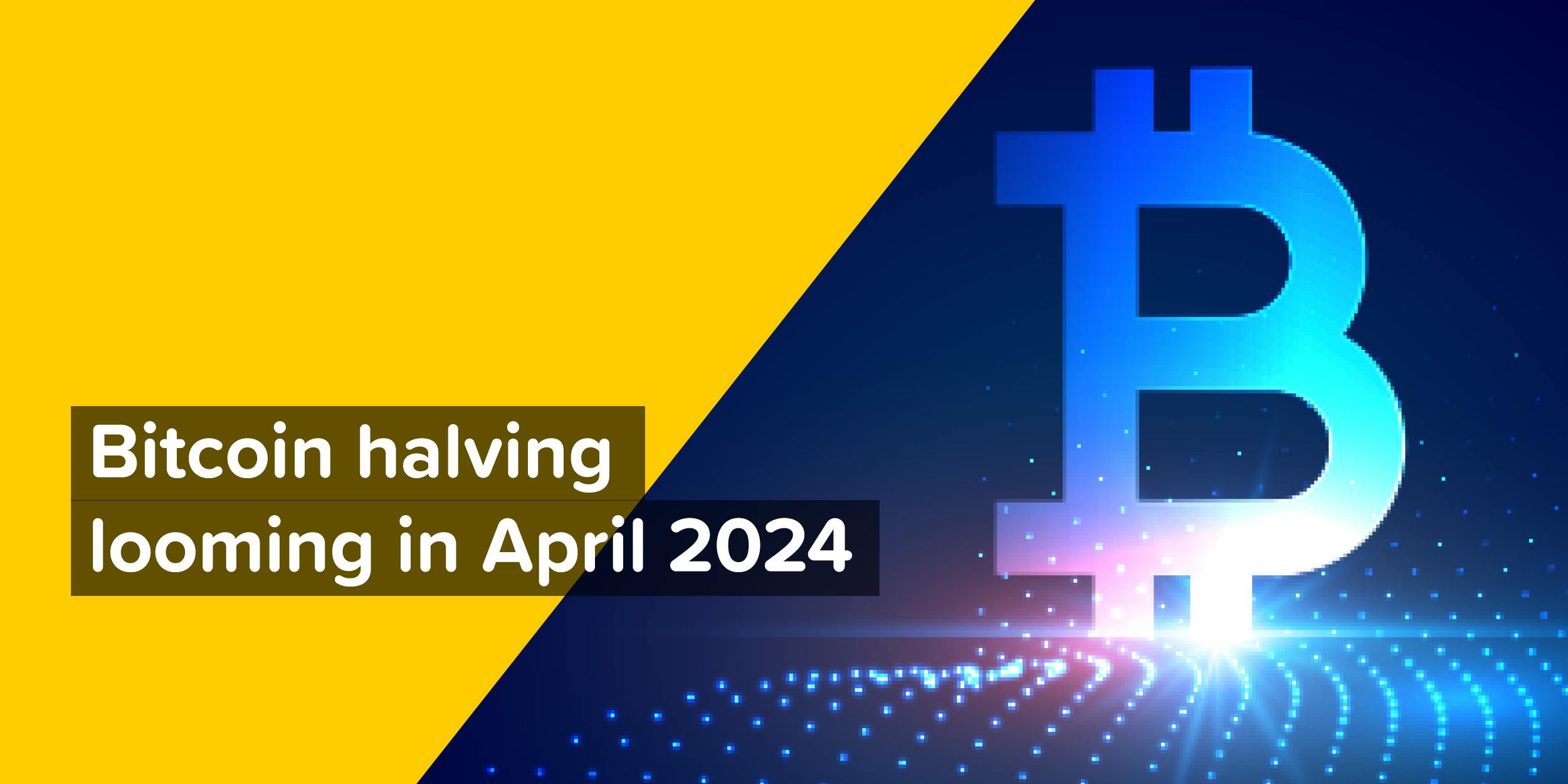Bitcoin Halving Looming in April 2024 - Will It Trigger Another Bull Run?

- Date
- 10/05/2023
- Written by
- Lykke
- Share
- Leave your opinion (2 reviews)
Bitcoin, the world’s largest cryptocurrency, is minted just like any other altcoin. New Bitcoins are thus added to the total supply every 10 minutes on average – the time it takes to create a new block of Bitcoin. So, approximately 144 new blocks are minted daily.
The protocol on which Bitcoin is designed automatically halves rewards attributed to its miners or validators as they also are called once 210,000 blocks have been minted. As around 144 new blocks are created every day and the last halving event took place in May 2020. The next Bitcoin halving is forecast to take place on or around April 27, 2024.
Rewards halved
Bitcoin miners process transactions and secure the network on which the cryptocurrency operates. They are rewarded with new-minted Bitcoins in exchange for this service, as well as transaction fees.
When the next BTC halving takes place, the block reward will be halved to 3.125 Bitcoin per block from the current 6.25. This will be the fourth halving since the crypto currency’s launch in 2009.
This is a factor making Bitcoin validation less lucrative. Some miners may therefore stop mining, effectively reducing the rate at which new Bitcoins are produced. This rate, which measures how much computing power is required to secure the network, is called the hash rate.
Slowing hash rate may push Bitcoin prices higher
If the hash rate slows, the demand for Bitcoins may exceed the supply after the halving if demand remains stable or increases. This will in turn drive up the price of Bitcoins.
Contrary to the narrative on some crypto sites, the absolute number of Bitcoin in circulation is NOT halved nor dropping following the halving.
Speaking of Bitcoin halving dates and price, the price of Bitcoin has soared following the three previous halving events that took place in 2012, 2016, and 2020. There is, however, no guarantee that its past performance is indicative of future results.
Another effect of halving - miners may exit the market due to rising operating costs
”When more miners join the network, it becomes increasingly difficult to make a profit and miners must seek efficiency to cut their operating costs. No central authority or developer has any power to control or manipulate the system to increase their profits,” according to the Bitcoin community’s official webpage bitcoin.org.
Given the regular halving events, effectively halving the rewards, some Bitcoin mines may invest in machines with more powerful computing power to maintain their profitability. They may thus squeeze out smaller miners from the market, leading to a consolidation in the mining industry.
Final Bitcoin halving in 2140?
As the reward granted to Bitcoin miners is halved approximately every four years, it will slowly but surely approach zero. The final halving of Bitcoin is thus theoretically forecast to take place in 2140. This is when the number of Bitcoins in circulation will reach 21 million, the maximum supply designed by the crypto currency’s source code.
”The number of new bitcoins created each year is automatically halved over time until bitcoin issuance halts completely with a total of 21 million bitcoins in existence. At this point, Bitcoin miners will probably be supported exclusively by numerous small transaction fees,” according to information on the Bitcoin community’s official webpage.
Going back to what's currently more important... Will the next BTC halving trigger another bull run? Well, we'll find in less than a month.